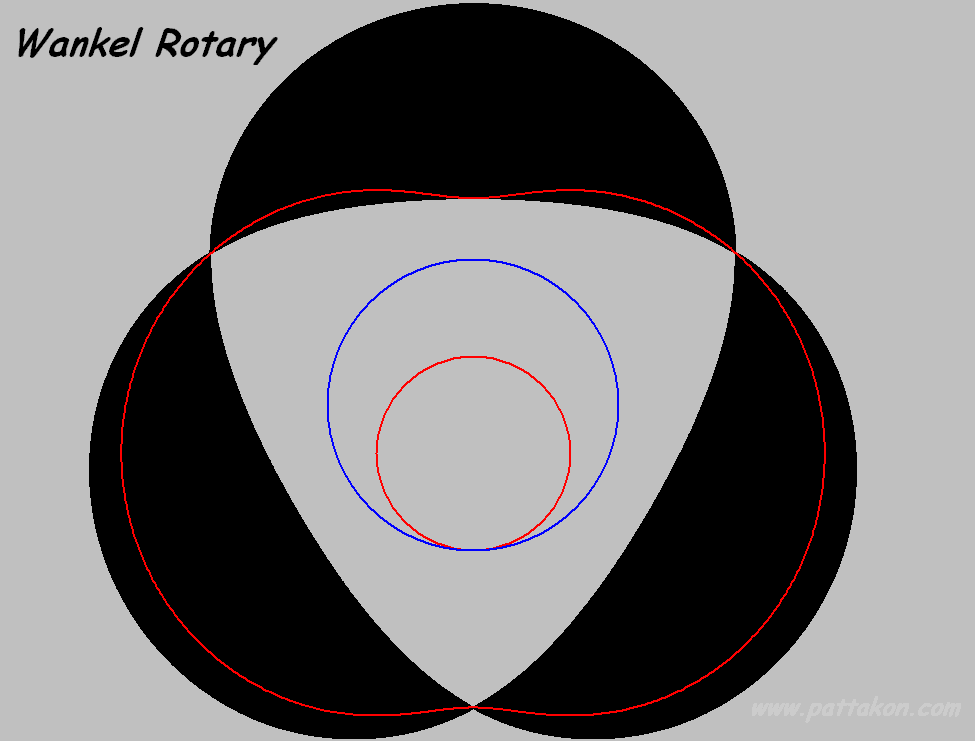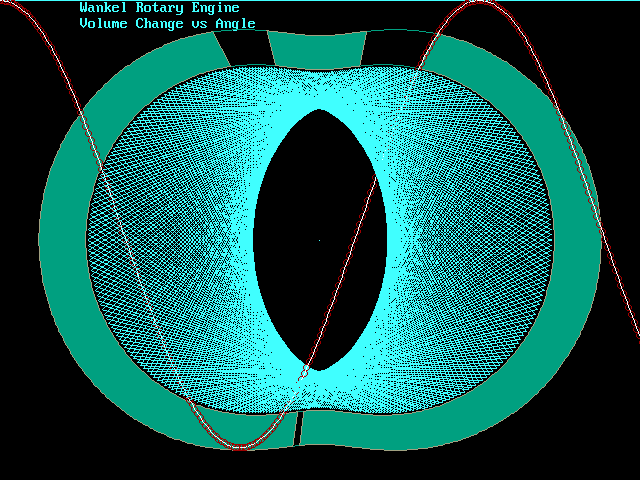http://newsoffice.mi...S0TmTE.linkedin
Discuss!

Advertisement
Posted 21 December 2014 - 15:41
Trolling for investors/marks I presume like all alt-engine schemes. You want to raise money? Build the damn things and sell them, even if it's low volume. Oh and in the meantime, stfu.
Posted 21 December 2014 - 16:14
Posted 21 December 2014 - 18:14
Seems like a tiny Wankel would make a lot of sense as a portable power unit, so a better Wankel should be an easy winner. Not convinced about "no vibration at all" though.
Posted 21 December 2014 - 19:05
Posted 21 December 2014 - 22:05
Power density doesn't scale particularly well is my understanding.
Never does for any type of internal combustion engine.
Posted 21 December 2014 - 23:37
Posted 22 December 2014 - 04:01
Posted 22 December 2014 - 04:18
19th century company name?
Posted 22 December 2014 - 06:12
Seems like a tiny Wankel would make a lot of sense as a portable power unit, so a better Wankel should be an easy winner. Not convinced about "no vibration at all" though.
As a volounteer firey decades ago we had a Wankel engine on a pump. It worked well and was fairly quiet. And started easily.
Otherwise I remember very little about it!
Posted 22 December 2014 - 08:16
This Wankel concept has been making the rounds for several years now. When all said and done it is no better than a modern 4-cycle recip piston engine.
Posted 22 December 2014 - 10:54
Depends on what you want to use the wankel for.
High hp, low weight? -> wankel
durability, low weight and simplicity? - > two stroke
etc
Edited by MatsNorway, 22 December 2014 - 10:56.
Posted 22 December 2014 - 17:34
They claim 1000 hours between overhaul for the 70 cc engine in the final commercial version, doesn't seem too long lasting
Posted 22 December 2014 - 22:48
compared with an aircraft engine or a motorbike engine that's pretty good.
Posted 23 December 2014 - 04:06
Posted 23 December 2014 - 04:47
We start to worry when a Cummins gets to 12,000 hours. Though some of the previous versions used to get to 30,000 hours.compared with an aircraft engine or a motorbike engine that's pretty good.
Posted 24 December 2014 - 06:42
compared with an aircraft engine or a motorbike engine that's pretty good.
There is no way that 70cc A/C rotary will survive 1000 hrs running at 10,000 rpm. And why would this 3.5hp 10K rpm rotary be any better than the typical 3.5hp loop-scav two-stroke recip engine that costs far less? The vibration of a modern 3.5hp 2T recip chainsaw engine is not that bad. Their claims for efficiency and durability of a large diesel engine design based on this concept were disproved many times by the rotary projects of John Deere, Rolls-Royce, Daimler Benz, etc.
Posted 30 January 2015 - 07:51


Posted 01 February 2015 - 04:25
Manolis- You are correct that the LP rotary engine is not technically a Wankel rotary engine. But the basic kinematic arrangement of the two engines are similar with the way they use a crankshaft and phasing gears to produce the desired motion of the rotor. Your point about the advantage of the LP engine's fixed combustion chamber versus the Wankel engine's moving combustion chamber in the rotor face is valid. The practical CR limit for a Wankel is closer to 13:1 than the 16:1 you noted. And the Wankel's moving combustion chamber does not work with a fixed diesel DI injector located in the housing wall. However, the LP design suffers from some of the same problems the Wankel does. One is the peripheral sealing arrangement required between the housing and rotor. This has always been an issue with Wankels, and from what I can see the housing mounted tip seals used by the LP engine don't really resolve the problem. The LP engine also suffers from the Wankel's same large surface area/volume in the working space, which is not helpful for thermal efficiency.
Lastly, I looked at some of the claims LP makes for their engine. This one particular statement in a press release caught my attention: "Efficiency - The HEHC cycle increases average efficiency over conventional diesel engines from less than 20% to more than 50% under typical operating modes, reducing fuel consumption by as much as threefold over conventional diesel engines." Seriously, there is no modern diesel engine that has an average BTE below 20%. And I doubt their 40hp concept engine gets anywhere close to an average 50% BTE (with a claimed peak BTE of 58%!).
Advertisement
Posted 01 February 2015 - 07:41

Edited by manolis, 01 February 2015 - 07:45.
Posted 03 February 2015 - 05:19
Thanks for the response Manolis. I agree that MIT should be more careful about what they promote. At one time MIT actually had one of the finest engine research labs in the world. If you check the bios of the LP founders, it looks like they have some connections with MIT.
One of the more interesting recent applications of a Wankel is Pratt & Whitney's EnduroCore compound engine concept.
Posted 09 June 2016 - 10:38
Just got info on it again from a collegue. Via. a news site.
They are still going
http://liquidpiston....engines-diesel/
Edited by MatsNorway, 09 June 2016 - 10:40.
Posted 15 June 2016 - 07:09
http://jalopnik.com/...dium=socialflow
Here it is again. This time in a Go-kart.
In other news. (for you Lee) here is a timelapse of a ford flathead rebuild.. A engine that can rev and does not use rubber clamp/hoses to mount the exhausts..
http://thegarage.jal...rebu-1781952963
Edited by MatsNorway, 15 June 2016 - 07:14.
Posted 15 June 2016 - 14:10
Posted 26 June 2016 - 02:51
Trolling for investors/marks I presume like all alt-engine schemes. You want to raise money? Build the damn things and sell them, even if it's low volume. Oh and in the meantime, stfu.
Ok I have a product that I would like to sell . I chose the Speedway market where there are only two manufacturers GM Italy and Jawa .http://www.gmengines...roduct_info.htm http://shop.jawa.cz/...r=cms&id_lang=4
what is the market size any idea . is there room for a start up or would it be better to approach one of the manufacturers .
would the speedway racing governing body instantly reject my engine as it may not conform to their traditional layout.
Bore 112 mm stroke 51 mm head design propriety and subject to new IP.
do I test the water with only one engine or produce say 1000 to reduce set up costs
Posted 28 June 2016 - 05:47